Most Commonly Used Surgical Instruments
Nov 27, 2025
Navigate Quickly
What Are The Most Common Surgical Instruments?
Scalpel
Scissors
Forceps
Clamps
Needles and Suture
Retractors
Suction
Staplers and Clips
Energy systems
Laparoscopic Instruments

Answer the following question if you are a surgeon:
What is taken for granted the most inside an Operation Theatre (OT)?
Did you guess it? Yes, it's those instruments that you work with!
Surgical instruments are essential for the delivery of modern healthcare. Their use is so widespread that they are easily taken for granted.
Healthcare and health tech is expanding, and with it, the importance of high-quality and single-use surgical instruments is increasing. Surgeons regularly work with so many instruments that most of the time, it is hard to keep track of how many they have worked with.
This is the reason why surgical counting is an essential part of every operation. A count of the instruments is taken before, during and after the surgery is concluded to ensure that no instruments are left inside the patient.
Good, high-quality surgical instruments in the hands of a great surgeon can lead to positive surgical outcomes and shorter hospital stays. That’s how important surgical instruments are.
Therefore, as a homage to all the surgical instruments that have been serving us so faithfully all these years, let’s learn about the most common ones that we see every day.
Elevate your NEET SS preparation by going through the most common surgical instruments that are used across operation theatres everywhere.
Let’s begin.
.jpg)
What Are The Most Common Surgical Instruments?
The operating room is home to a multitude of instruments that are used to accomplish a number of different surgical procedures. The list given here is not an exhaustive one but contains instruments that you will come across frequently.
Surgical instruments can be divided into three categories that include:
- Cutting instruments such as scissors, surgical blades, knives, etc.
- Grasping instruments such as hemostatic forceps and tissue forceps.
- Retractors that are used to hold up an organ or check what lies underneath.
Also read: Struggling to balance PG Residency and Neet SS preparation? Read this.
In addition to the above, there are many other types of accessories available. Now that we are clear on the types, let us begin with the most common surgical instruments available in every Operation Theatre.
|
|
Scalpel
This instrument is used to perform initial incisions and cut tissue. A scalpel consists of a blade and a handle. Surgeons often refer to a scalpel by the blade number.
For example:
#10 Blade - These are used primarily for making large skin incisions, such as in laparotomy.

#11 Blade - These are used for making precise or sharply angled incisions.

#15 Blade - This blade is a smaller version of the #10 blade for making finer incisions.

Scissors
Surgical scissors are used for cutting tissue, suturing or dissection. Scissors can be straight or curved. They are used to cut heavy or delicate structures.
Some of the types of scissors you will find frequently are:
Mayo scissors - These are heavy scissors available in multiple varieties. Straight scissors are used for cutting sutures (also called ‘suture scissors’). On the other hand, the curved ones are used for cutting heavy tissue ( such as fascia).

Metzenbaum scissors - These are lighter scissors that are used for cutting delicate tissue (such as the heart) and for blunt dissection. They are called ‘Metz’ in practice.
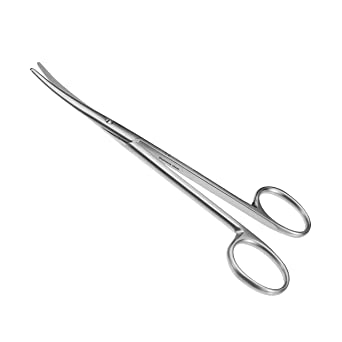
Pott’s scissors - They are fine scissors that are used to create incisions in blood vessels.
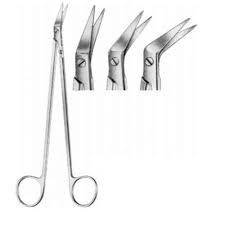
Iris scissors - These are used for fine dissection and cutting fine sutures. They were initially used for ophthalmic procedures but are now used for multiple purposes.
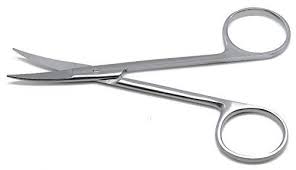
Also read: Medical News Bulletin Edition 15
Forceps
Forceps are used for grasping tissue or objects. It can be toothed (serrated) or non-toothed at the tip.
Here are the different types of forceps used:
Tissue forceps - These are non-toothed forceps used for fine handling of tissue and traction during dissection.

Adson forceps - These forceps are toothed at the tip and are used for handling dense tissue, such as skin closures.

Bonney forceps - These are heavy forceps used for holding thick tissue, such as fascial closure.

DeBakey forceps and Russian forceps - These forceps are used for atraumatic tissue grasping during dissection.

Clamps
They are also called locking forceps. They are ratcheted instruments that are used to hold tissue or objects or provide hemostasis. It can be used for either traumatic or atraumatic procedures.
Here are the different types of clamps:
Crile Hemostat - Also called the ‘snap’, it is an atraumatic and non-toothed instrument that is used to grasp tissue or vessels that will be tied off. It is also used in blunt dissection.

Kelly clamps - It is a larger version of the hemostat with a similar function for grasping larger tissues or vessels.

Kocher clamp - This is a traumatic toothed clamp used to hold tissue that will be removed.

Allis and Babcock clamps - These are slightly rounded jaws in shape and are both used to grasp intestinal tissues.
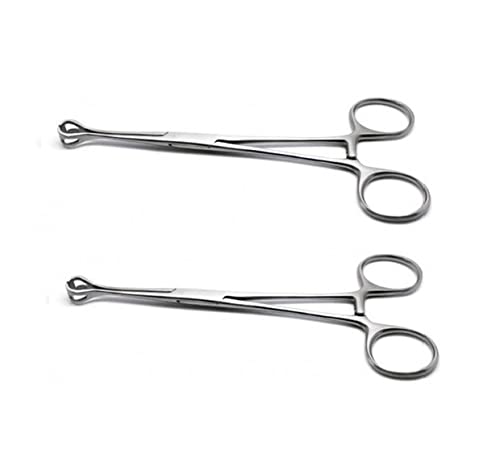
Also read: Selecting a branch for SS and residency subject.
Needles and Suture
Needles come in many different shapes and cutting edges for various applications. Sutures can be absorbable or non-absorbable and are available in many different sizes.
Types of Needles
Different types of needles serve a variety of purposes. Needles must be built to dissect tissue and pass a suture. To fulfil this purpose, they come in various shapes and sizes depending on the application.
Tapered Needle - This is a round needle, and it tapers to a single point. This is most commonly used in softer tissue, such as the intestine, but might also be used in harder tissue, such as muscle.
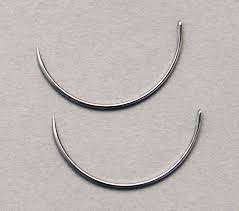
Conventional Cutting Needle - This is a triangular needle with sharp edges, and one edge faces the inside of the cutting needle. It is used for tougher tissues such as skin.

Suture sizes and types
Suture is available in sizes between #5 and #11-0. Higher numbers in suture indicate a larger suture diameter, and more zeroes indicate a smaller suture diameter (for example, #4-0 or #0000 is smaller than #3-0 or #000).
There are two main types of sutures. The first one is braided or non-braided, or monofilament. The second one is absorbable and non-absorbable.
Skin Glue and Staplers - For skin closures in particular, staplers and skin glue may be used in lieu of sutures. This is usually based on cosmetic outcomes and surgeon preference.

Retractors
Another one of the most common surgical instruments are retractors. They are used to hold an incision open and hold back tissues or other objects to maintain a clear surgical field or reach other structures. They can be either hand-held or self-retaining via a ratcheting mechanism.
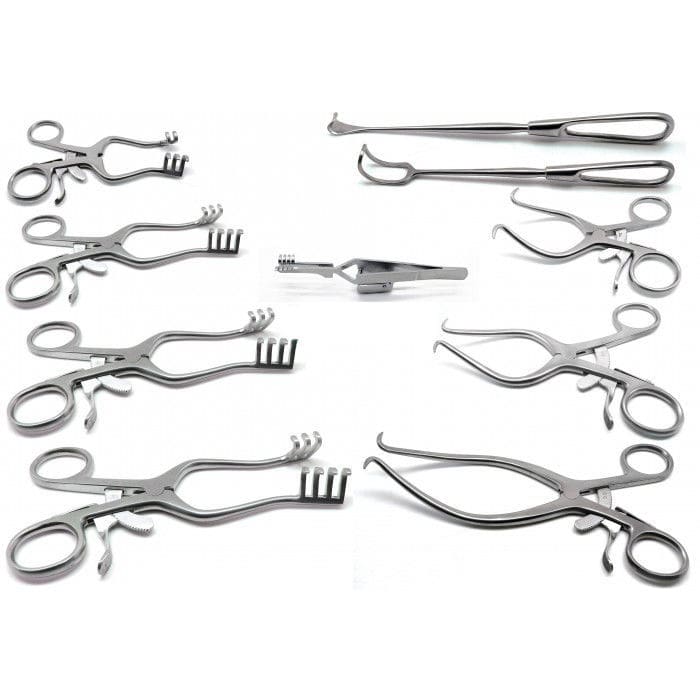
Here are the different types of retractors:
Deaver retractor - This is used to hold back the abdominal wall.
Army-Navy retractor - This is used to gain exposure to skin layers.
Weitlaner retractor - This is used for self-retaining or for exposing deep or smaller surgical sites.
Richardson retractor - This is used to hold back deep tissue structures.
Bookwalter retractor - This is a self-retaining retractor system that is anchored to the operating table.
Also read: Preparing for NEET SS? Here are the books you shouldn’t miss
Suction
Suction tips, combined with a suction source, help to remove debris and fluid from the surgical field. It can also be used to clear surgical smoke.
Here are the types of suction instruments:
Yankauer suction - This is used primarily for surface and some intra-abdominal suction.

Poole suction tube - This is used to remove large amounts of fluid from the surgical field, as well as intra-abdominal suction.

Frazier suction tip - This is used primarily in ENT and neurosurgery. It is usually angled.
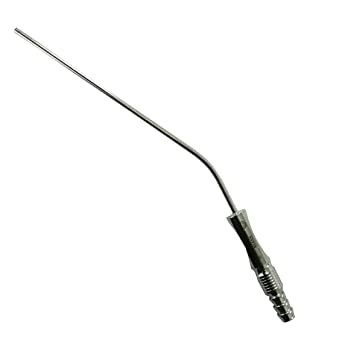
Malleable retractor - This can be bent and customized. Plus, it can be used to protect the intestines during abdominal closures.

Rake retractor - This one is a hand-held retractor with sharp teeth used to hold back surface structures.

Staplers and Clips
These instruments are used for anastomosis of viscera, vessel ligation, and excision of specimens. They can be one-time use, reloadable, manual, or electronically powered.
Liner stapler - This creates a linear staple line, and no has no cutting function. Used in ligation and anastomosis. It might be curved.
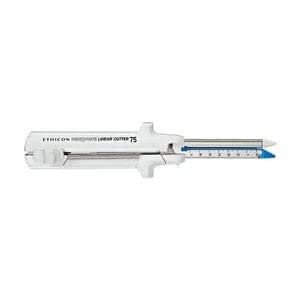
Linear cutter - This instrument creates a linear cut and immediately staples both free edges. It is used in separation and anastomosis.
Circular cutter - This performs circular cut and staple. It is used in re-anastomosis of hollow viscera.

Clips - These are used in the ligation of vessels and may be made from metal or absorbable material.
Also read: Sonali Bendre and Metastatic Cancer.
Energy systems
This is a broad term used to describe various methods of cutting tissue or sealing vessels. They may use electricity or sonic waves and are available in open or laparoscopic forms.
Here are the different types of energy systems:
Electrosurgery - This is an instrument that cuts or cauterizes tissue via an alternating electrical current.

Ultrasonic - This uses high-frequency sounds to concurrently cut and seal tissue. It is less thermal than electrosurgery but more time-consuming.
Endostapler - This instrument is used in laparoscopic procedures and provides simultaneous cutting and stapling. This may be manual or electronic. Some variations might feature articulating heads to accomplish more difficult placement.

Laparoscopic Instruments
Many of the instruments used in laparoscopy are similar to those used in open surgery, adapted to fit through narrow ports placed through the skin. Laparoscopic work is conducted through the ports.
Camera and Lens - The camera is a hand-held component and connects to a variety of lenses. There are usually settings included for focus and white balance. The lens is available in multiple angles to achieve better visualization of anatomical structures.

Light Source - It is a cable that connects to a fibre-optic cable and connects to the lens, and illuminates the field of vision. The light output can be hot so some caution is needed around internal structures.
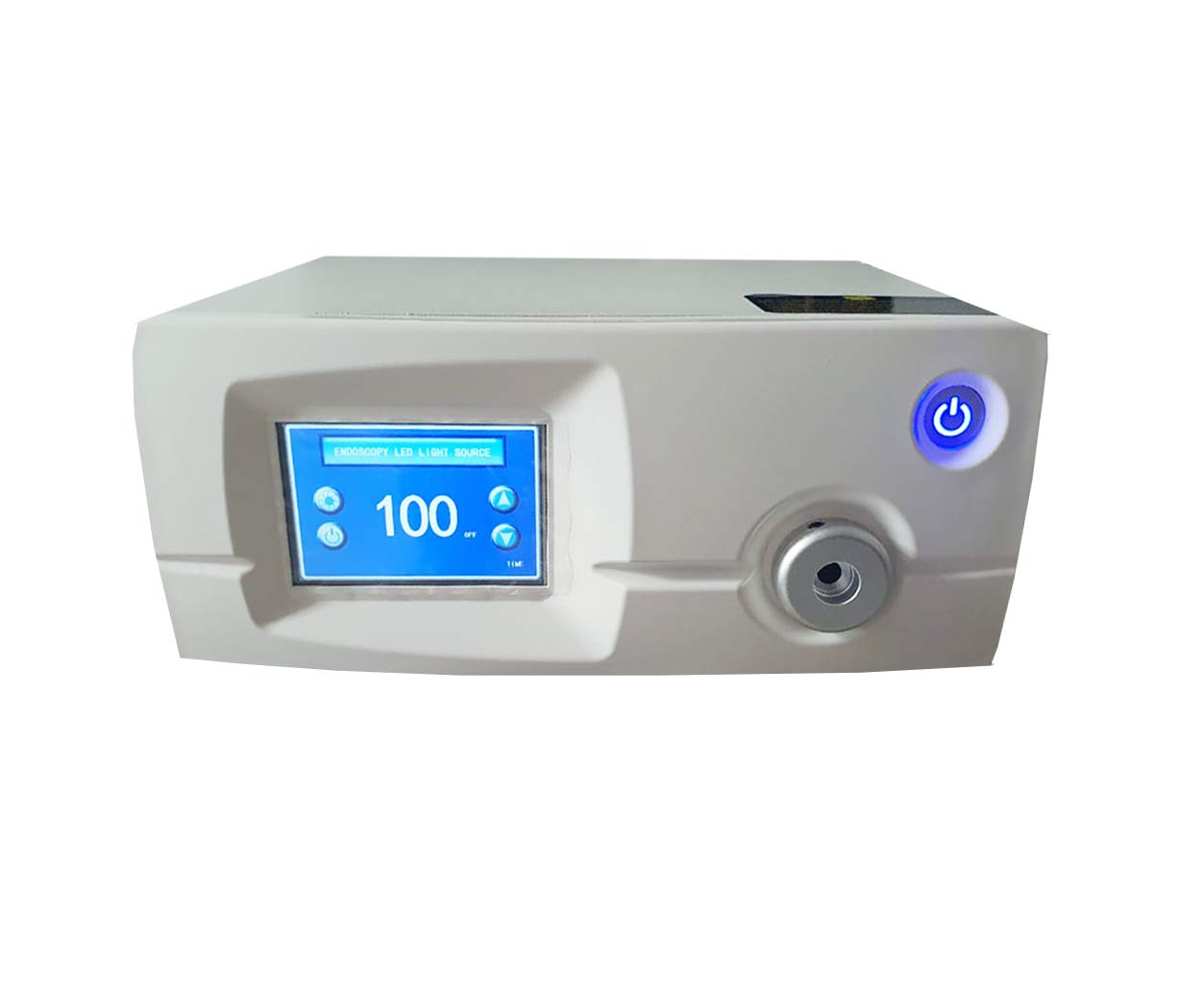
Also read: NEET SS 2022-23 Latest Exam Pattern Explained.
Insufflator - This machine injects carbon dioxide into the abdominal cavity to create a working space for trocar placement and surgical procedures.
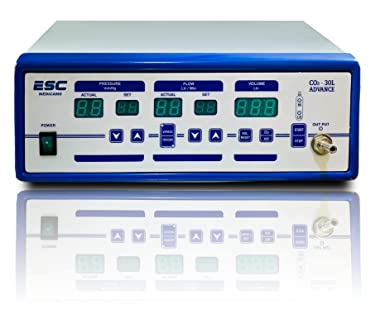
Veress Needle - This needle is placed into the abdomen for injection of gas.

Trocars - These are transabdominal working ports where laparoscopic instruments are inserted. Also, they are used for insufflation or removal of specimens.

Laparoscopic instruments - These are hand-held and shafted implements used to work through trocars. They can perform grasping, retracting, cutting, cauterizing and other functions.

And we have come to the end of this blog post! We hope that you found this post helpful.
The surgical instruments that you read about in this blog post are among the most common and essential that you will come across in every Operation Theatre (OT).
Save this post for future reference and share it if you think it will help others!
Before you go, would you like to know about some rare diseases that have afflicted the most well-known personalities of our time? If yes, check out our Celebrity Disease section and dive in!
Keep following our blog for more interesting posts like ‘Most Common Surgical Intruments’, preparation tips, exam strategies and more.
For more updates and the latest news about the NEET SS exam, follow our Telegram channels for NEET SS Medicine, NEET SS Surgery and NEET SS Pediatrics.
Team PrepLadder

Arindam Goswami
Arindam is a Content Marketer who looks after the Medical Super Specialty segment, specifically the NEET SS category, at PrepLadder. He aims to help aspirants crack exams and realize their dreams through his work.
PrepLadder 4.0 for NEET SS
Avail 24-Hr Free Trial